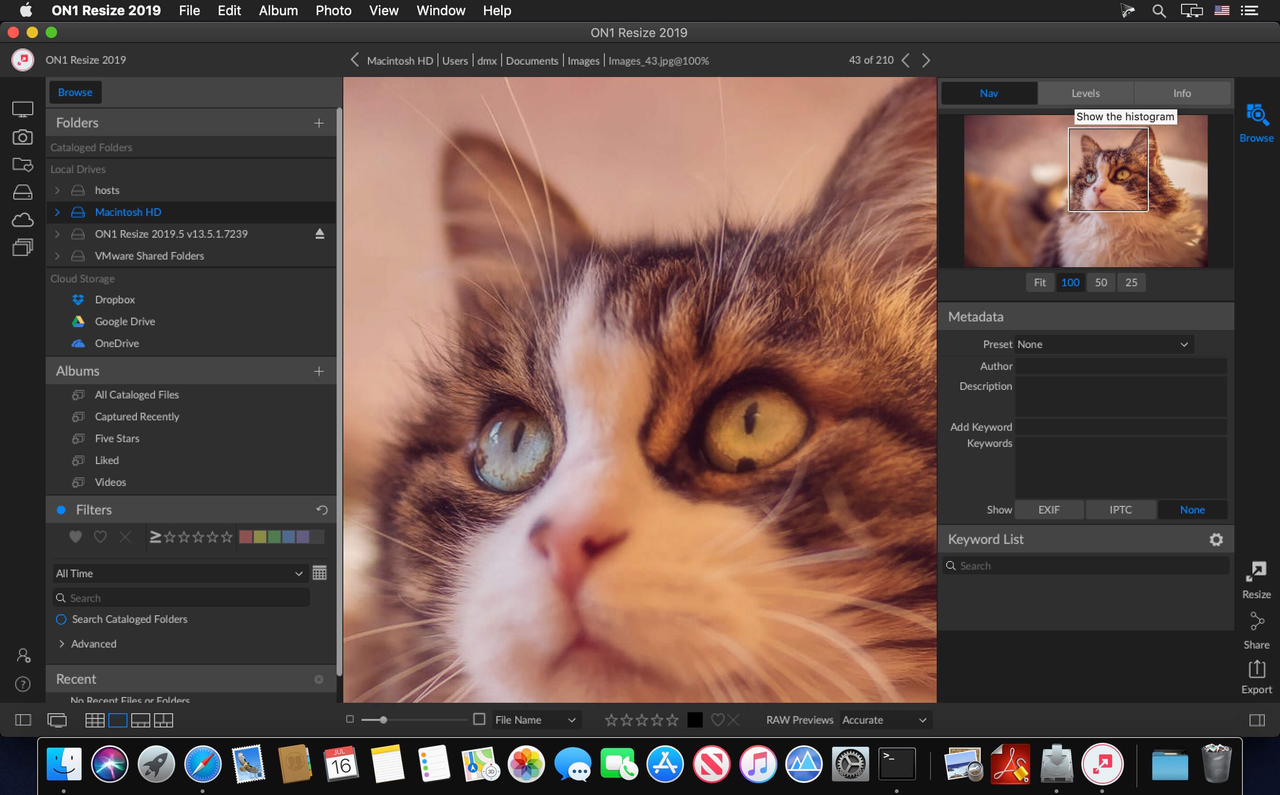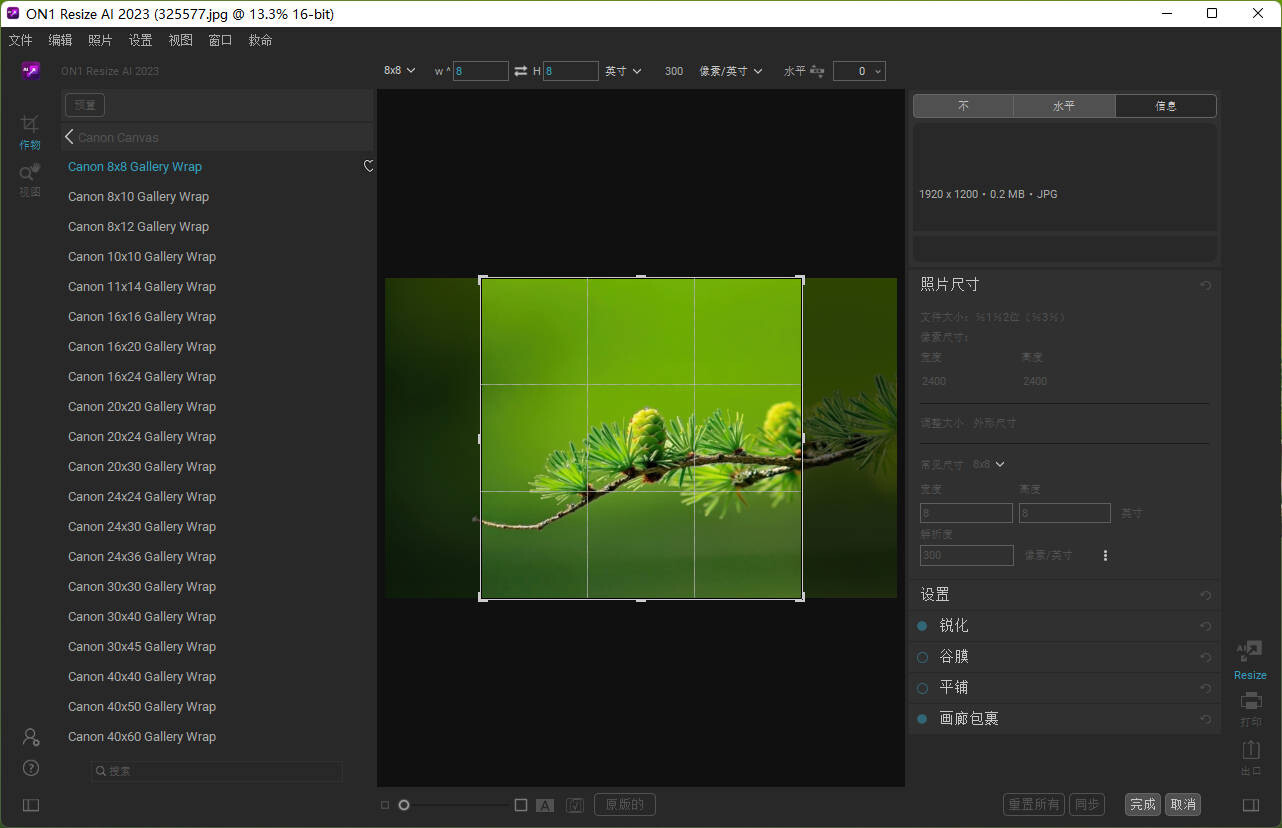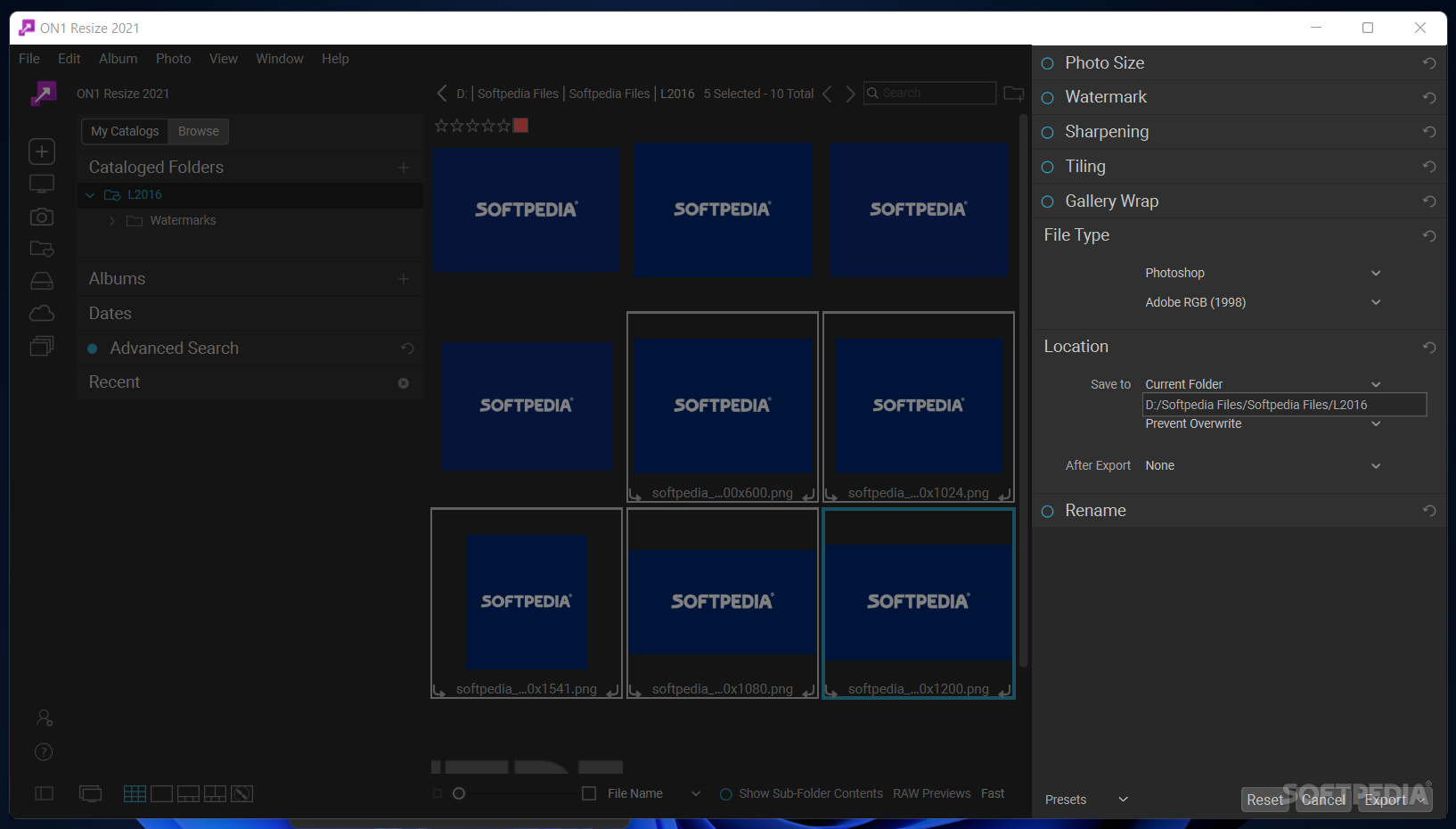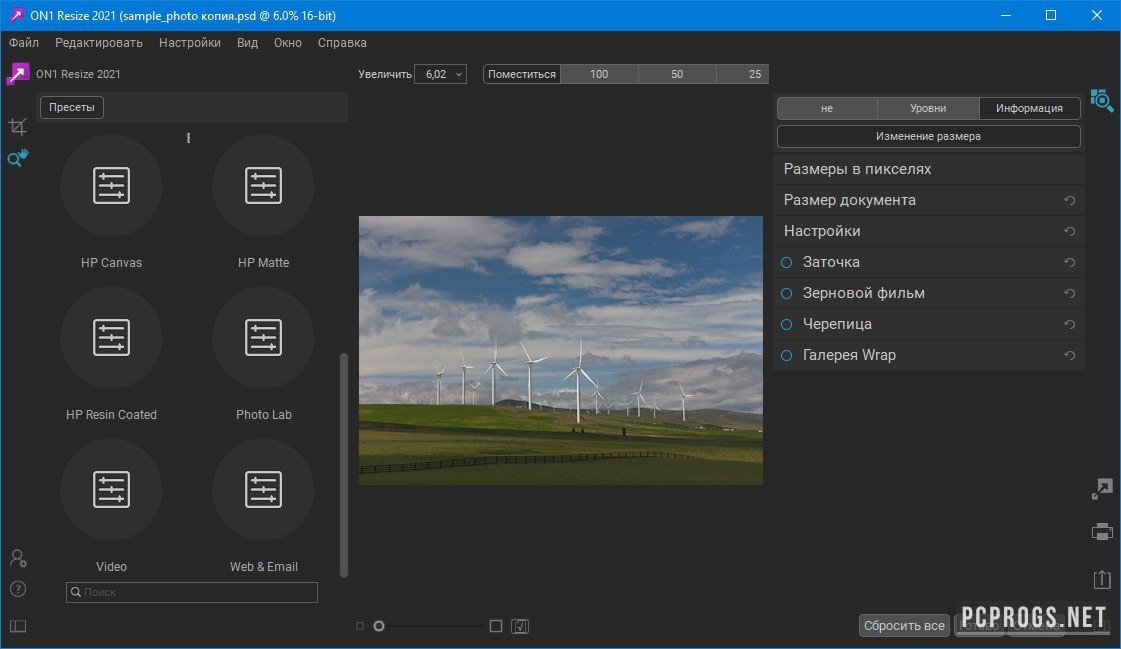
The first step is to select a LUT to apply to your photo. ON1 Effects includes a few dozen LUTs in the LUTs filter and has a few controls to adjust the look.

You cannot change the color mappings in the LUT, but you can control its strength and how it interacts with your photo. The LUT mapping shifts one color to another.

How little or how much the color change is defined by the LUT file.įor the basics of using LUTs in your post-processing, this is what you need to know. Also, the color changes can be subtle, like my black to gray example, or wild! Pure black could be changed to bright orange or deep purple. Now, imagine doing that for thousands or tens of thousands of color tones. It has a mapping that changes a source color in your photo to another color.

Imagine going through every pixel in your photo and each time there is a pure black pixel, it is replaced with a gray pixel. In RGB terms, pure black is 0,0,0 and a charcoal gray might be 31,31,31. A matte look often sets pure black to something other than pure black, perhaps a charcoal gray. Let’s use a very basic example of something you might be familiar with - a matte look. There are plenty of in-depth articles on the web explaining the gory details of a LUT. A LUT is a color grading filter that maps one color to another. The tools in the ON1 Effects LUTs filter give you the controls to expertly craft and blend a LUT with your images.Ī LUT is a Look Up Table - a terrible name, if not technically accurate. I like exploring LUTs with my travel photos. LUTs is another method and provide everything from subtle color shifts to very pronounced ones. There are lots of methods for color grading images - photo filters, split tones, even the humble (yet powerful!) curves tool. Ready to buy? Use the offer code SDP20 at checkout and SAVE 20% !

There is no extra cost to you and it helps support ON1 tutorials like this one. If you are trying ON1 Photo RAW 2021, the ON1 plug-ins, or upgrading from an older version, please consider using my affiliate link.


 0 kommentar(er)
0 kommentar(er)
